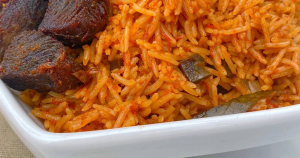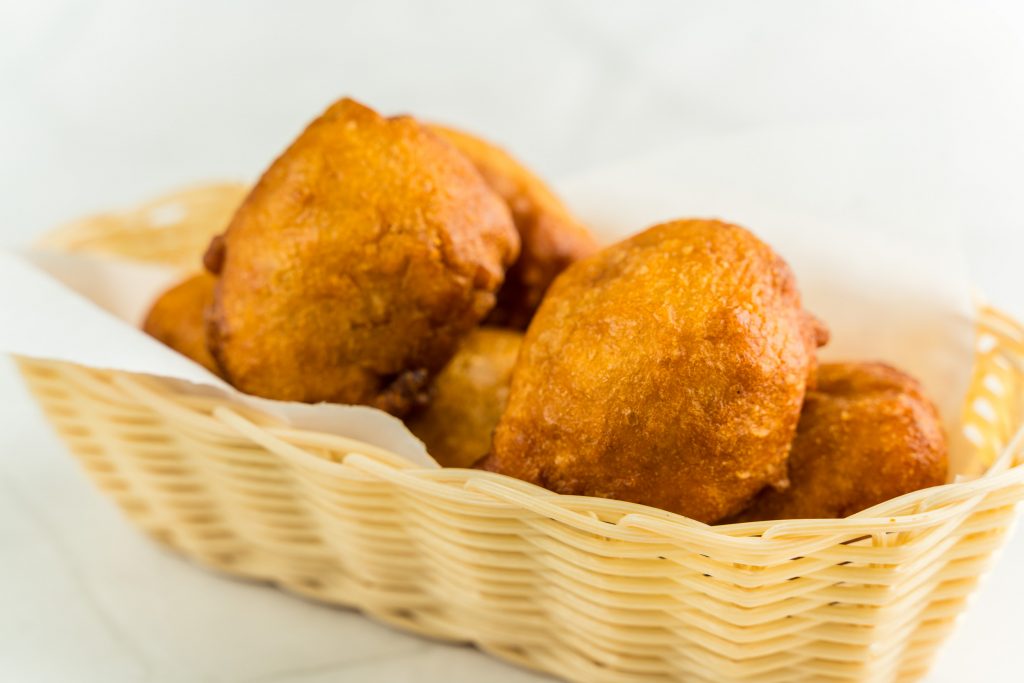Along the West African coast and across the Atlantic, people love this spiced red rice meal.
Since its discovery in Senegal and spread along the coast to Nigeria, jollof rice has become the most well-liked rice dish south of the Sahara.
It is consumed as street food, regular rice, and party rice—at birthdays, memorial services, and other types of celebrations. The adage “A party without Jollof is simply a meeting” is frequently cited, and to be honest, I can’t think of a single Nigerian party I’ve attended where Jollof, in some form or another, wasn’t there.
Given how well-liked it is, it is not surprising that people revere this dish as a family heritage. Every kitchen has a somewhat different recipe, which is passed down and cherished.
Jolof rice bears the name of the Senegalese kingdom that existed from the 15th to the 18th century. The delight of Jollof is said to have traveled south and all the way to Niger and eastern Nigeria thanks to ancient Dyula traveling salespeople. Today, Jollof can be found in every nation on the subcontinent, each with its own distinctive interpretation.

Tomatoes, red peppers, chilies of various colors and heat levels, spices, mixes, vegetables, and rice—the most crucial ingredient of all—are necessary for making Jollof rice. Depending on where you are and what you want, the type might range from long to short grain.
It is unified and differentiated by these alterations. People frequently use bouillon or seasoning cubes, and beef, chicken, or both stocks are frequently added.
The stew foundation, which is produced by combining tomatoes, onions, and a variety of peppers with a little water and stock, is a crucial element of the dish.
Although the proportions of those ingredients vary from recipe to recipe, they are always boiled down and reduced primarily to balance the raw, sour flavors. Before blending, some individuals prefer to roast the veggies whole or in sizable bits.
The second stage, regardless of the route you take, entails frying this reduced tomato and pepper mixture in some oil, with or without tomato paste, and adjusting to taste. The rice’s flavor comes from this stew. Despite the fact that stovetop cooking is the most popular, some people also utilize ovens and rice cookers.
Jollof rice is known as Riz au Gras, or simply Riz Gras in French-speaking nations including Guinea Bissau, Guinea, Ivory Coast, Burkina Faso, Benin, Togo, and Niger. The expression, which translates as “fat rice,” alludes to the short-grain kind that is common in this region.
The dish is known as Nsamé or Zaame in Mali. These nations have many dishes that resemble Thiéboudienne and use entire vegetables including okra, cabbage, and (sweet) potatoes. Memunat, a friend of mine from Guinea, prepares a stunning variation that is made with beef and potatoes in a tamarind-laced stew.
The dish is known as Jollof in English-speaking Sierra Leone, Liberia, Ghana, and Nigeria. As a Nigerian, I associate the word “Jollof” with both the rice meal and the word “enjoyment.” “See Jollof” refers to someone having a lot of fun. In addition, parboiled, converted rice is preferred in Nigeria because it can withstand slow cooking without becoming mushy.
The objective is for the rice grains to remain distinct, similar to pilau, with each grain being exquisitely coated in the vibrant orange-red sauce. The consumption of basmati rice has increased significantly. My preferred type of rice to use is golden sella basmati. The grains remain whole as they cook, just like converted rice.
If you are in Canada, we invite you to explore our jollof rice with all the savory goodness that comes with it.

